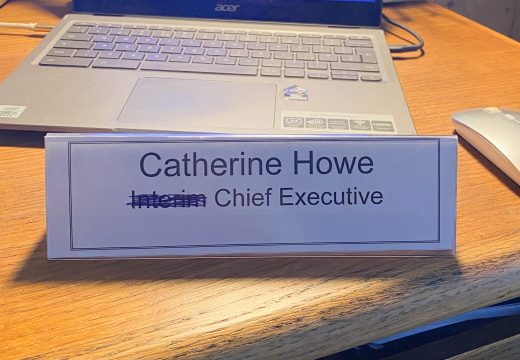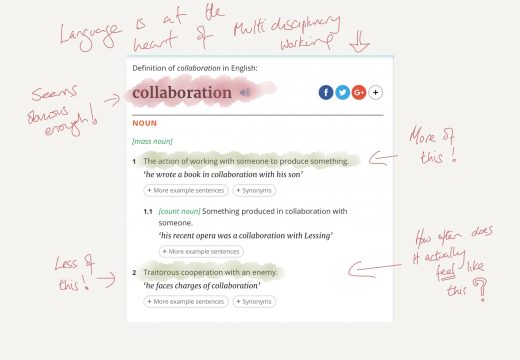
What do you need in order to thrive? Its a question that I always ask myself at the start of the year, connected to the thinking I do around setting my intent for the year which I wrote about here but its meant at a deeper level to ask what is needed to not only sustain me but to help me live well. I am privileged to be able to ask myself that question and have a reasonable hope that I will be able to bring about the things that I need to thrive.
For me this question is about what I need – not what I want – and its something that has its answer the way I live my life, how I connect to my friends and family, how I make sure that my physical and emotional needs are met and how I make sure that I am doing more than just going through the motions of living. But I think that to thrive is more than that its about joy as well but at its simplest its about having choices and having choices is all about having agency.
Asking what you need to thrive is a deeply personal question as while there are things we all need to thrive – security of home, income and connections to people who care about us – we each need different things to find that joy and feel that we have some agency in bringing it about.
Asking what you need to thrive is a deeply personal question but the answer to it is always a collective one as connection and community is part of what anyone needs to thrive. Its also collective because of the dependance that we all have on common resources, infrastructure and ultimately raw materials that mean to answer that personal question we need to look at the collective impact and we need to do this together. We as a council can’t answer that question for our communities, we need to develop the answer with them.
The concept of ‘thrive’ is one of our platforms (from our our platforms approach strategy) and is a concept I have always been drawn to. Behind our ‘platforms approach’ is that the belief that we need to work with others and share leadership to maximise our efforts and chances for success. In a more abstract way is an approach rooted in system thinking and action which sees the role of the state as an enabler and creator of conditions for other actors in the system. This is particularly true of local government as we are there to plug that gaps and knit things together in place for our communities where we can.
Its one of the things that drew me to the role I am now as its am opportunity to develop our work around the thrive. In our strategy is described like this:
Thriving people and communities are engaged and connected, safe and well, resilient and independent, aspirational and hopeful, and provide support for those requiring it.
And there are some examples:
- Fostering effective strategic partnerships
- Providing all types and tenures of housing
- Thriving and connected communities
- Prevention and early intervention where needed
- Providing safer communities
- Starting well, living well and ageing well
- Developing our Community and Voluntary Sector
So far the team have done work looking at money, loneliness and homelessness (you can read about this on our Same Room blog) but what I want to do next is to two things:
- to look at the question of what makes us thrive alongside our communities in order to develop the view of the collective as well as creating a space for people to reflect on the question personally. This is work that will be supported by the community mapping project that I have written about here.
- to look at the question in a person centred way internally to make sure that the different aspects of the answer that we hold are connected and work smoothly together as a customer experience.
This is reflected in the post here as its about connecting ideas, disciplines and processes internally.
To do that we need to be an effective actor in our system and as a communities directorate that means that we need to be able to show up in place and be deeply connected to our communities (more on that in this piece of community asset mapping). In a lot of ways, the showing up in place that is key to how we are thinking about what we need to do organisationally in order to do this work is about us working with the concept of Platforms, at a hyper local level, actually in communities, to make sure there is a platform for that community to thrive.
We have started the work with our communities with our Climate Assembly. When we worked with the Democratic Society to design the assembly we designed it around two questions:
“How can we in Adur and Worthing collectively tackle climate change and support our places to thrive? And
What does this mean for the way we live and for our local environment?”
The climate change aspect of this is I hope pretty clear given the context and our commitment to suitability but the inclusion of thrive in this question was a deliberate step to explore what it means to create a balance between individuals, communities and planet. We are just about to publish the recommendations from the Assembly but I think they show that people engaged with the question in a way which gives us a brilliant foundation to start to coproduce change that reflects that need to support communities now in the context of the climate emergency.
Reading back this is a very wooly piece – but I think thats because while I often reflect on the deeply personal question of what helps me to thrive we are only just starting to explore that question with our communities and I don’t want to pre-judge the answer. We can work in the background on connecting the things we know matter around the customer – but we need to work alongside communities to help them express what will make them thrive.




Leave a Reply